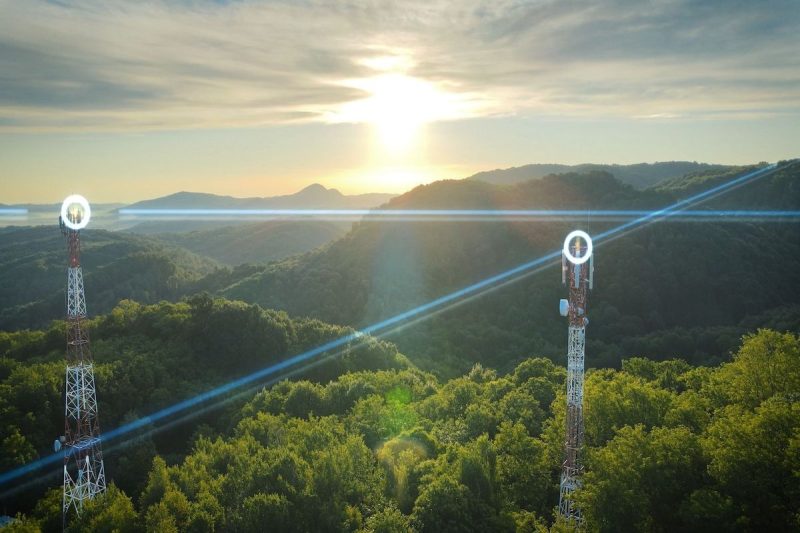Ericsson (NASDAQ:ERIC) and Rogers Communications (NYSE:RCI) have activated Canada’s first underground private 5G network at the Northern Center for Advanced Technology’s (NORCAT) Sudbury mine.
The move is part of a bid to transform traditional mining operations with cutting-edge connectivity.
At the heart of this innovation is the Ericsson Private 5G system, which the company says delivers seamless, high-performance, low-latency coverage from the surface to depths of more than a mile.
Built on Ericsson’s EP5G technology and integrated with Rogers’ private network expertise, the setup is designed for smart mining applications that Wi‑Fi cannot adequately support. These include autonomous haul trucks, remote-controlled drilling rigs, environmental monitoring sensors and real-time asset tracking.
‘The NORCAT Underground Centre provides an extraordinary platform for companies worldwide to showcase their cutting-edge technologies in a real operating mine, shaping the future of the mining industry,’ said NORCAT CEO Don Duval in a Thursday (June 19) press release, calling it an ‘ecosystem like no other in the world.’
Duval also emphasized the importance of collaboration in making sustainable impacts in mining. Adam Burley, director of IoT and wireless private networks at Rogers, stressed the collaborative roots of the breakthrough as well:
“Rogers and Ericsson have worked together for more than 35 years … Every industry is looking for operational efficiency, and if you develop or rely on technology for mining, NORCAT is where you go to test and certify products that work within a real-world environment.”
The company’s private 5G setup is scalable and future proof, allowing agile adaptation as new technology needs emerge — from integrating 4G systems to deploying large-scale sensor networks.
Use cases across various aspects of mining
Ericsson views the network as an extension of its quality of service features — ideal for mission-critical mining operations where data reliability matters — that apply in different facets of the mining process.
Industry forecasts validate the broader relevance of private networks.
A McKinsey report indicates demographic shifts in mining workforces that make modernization a priority — aging employees are nearing retirement and younger workers are expecting digital environments.
Around 71 percent of mining leaders cite talent shortages as barriers to production targets, reinforcing the dual mandate of digital adoption and workforce transformation.
Beyond workforce and safety, remote operations and asset management benefit from the technology.
Remote control centers with scalable data pipelines and robust connectivity eliminate the need for staff to occupy large numbers of underground positions while maintaining compliance with environmental and safety regulations.
Similarly, data-centric asset management, powered by sensors, HD video cameras and predictive analytics, brings down costs, extends equipment lifespans and reduces unplanned downtime.
Mining contributes an estimated US$1.5 trillion to the global economy, per World Mining Data 2020.
As these operations move toward automation, private 5G networks may prove foundational, enabling safer, faster and greener production systems. NORCAT’s smart mine could become a template for the future, demonstrating how next-generation connectivity can bridge the gap between current operations and fully digitalized mining.
Securities Disclosure: I, Giann Liguid, hold no direct investment interest in any company mentioned in this article.

